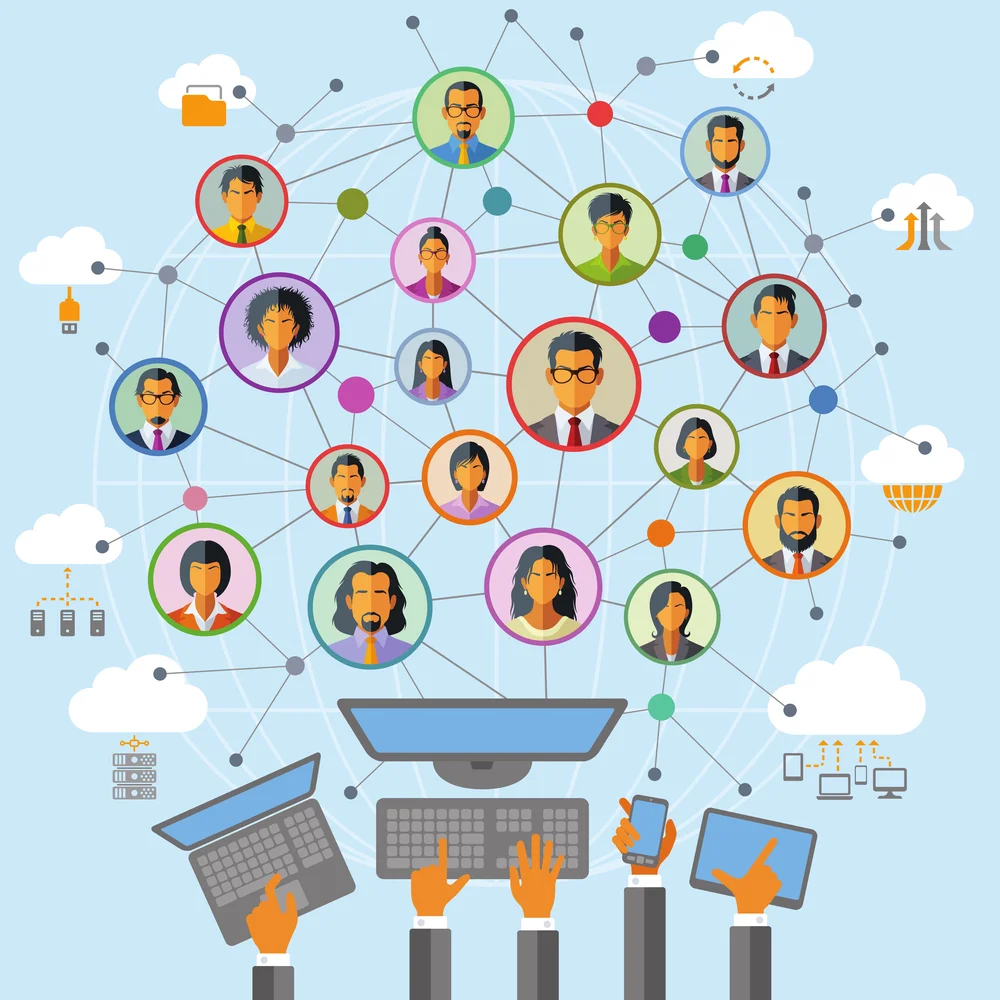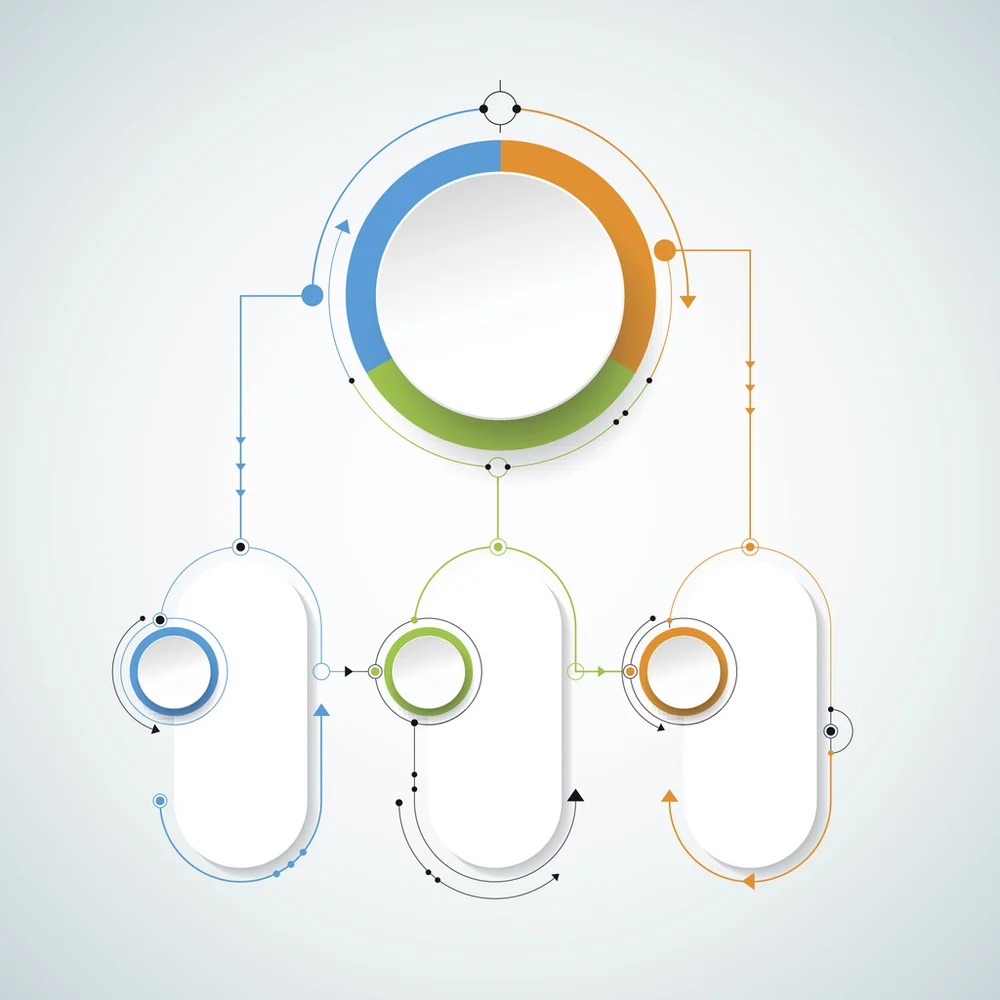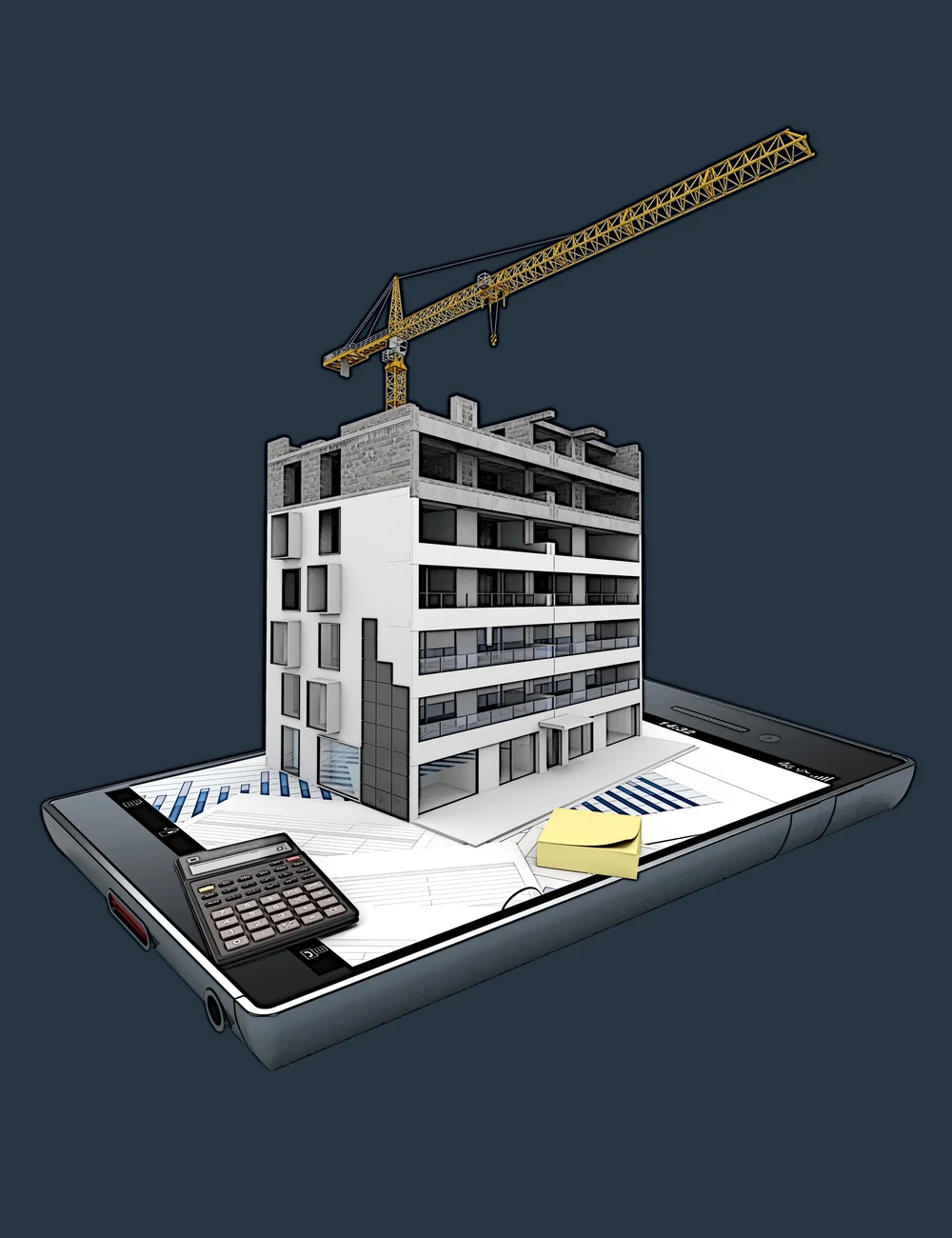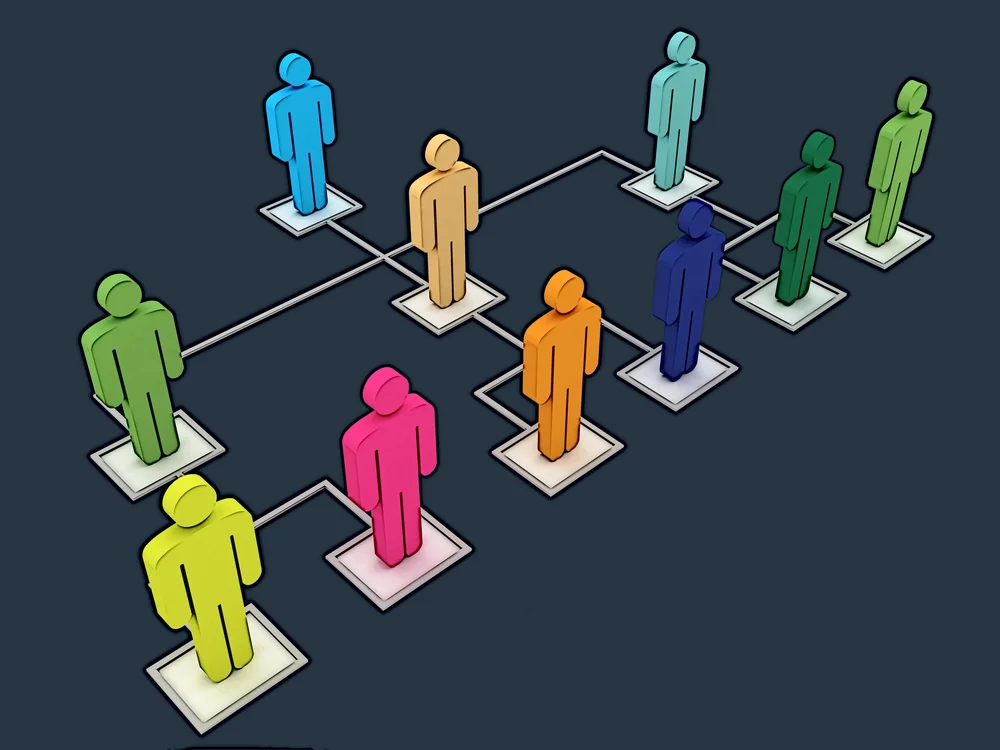The critical “social” component of our sociotechnical systems




As a philosophy of operations, agility is a leading construct in modern organizations. Agility is a multidimensional concept. What kind of agility does an enterprise require? What are the organizational goals for agility: being fast and responsive; achieving productivity and high quality in software development; or creating products with distinction and integrity (Wheelwright and Clark 1992). What is the competitive edge the enterprise wishes to achieve through agility?
Agility is perhaps most prominent in software development and other tech-intensive areas that heavily prioritize knowledge transfer, information processing and distribution, communication, collaboration, and adaptiveness in their teams. In other words, one could state that modern sociotechnical systems have a strong emphasis on the “social” aspects of their operations. With that said, even though an “agile” way of thinking is favored in many contemporary environments, not all business owners have recognized the drastic changes their industries have been undergoing in recent decades.
Organizational agility has been described as the “firm’s ability to cope with rapid, relentless, and uncertain changes and thrive in a competitive environment of continually and unpredictably changing opportunities” (Lu & Ramamurthy, 2011, p. 932). The widespread adoption of technology and automation has injected a fair bit of volatility into traditional business processes. Furthermore, markets and systems, as we know them today, will likely become less stable and change more violently with the flow of time. Pattij, M., et al., (2019, p. 40) described organizational agility in terms of:
- customer agility—the capability to gather market intelligence by co-opting customers
- operational agility—ability to efficiently and effectively redesign business processes to exploit opportunities in a competitive environment, and
- partnering agility—the ability to rapidly respond to opportunities by forming alliances and partnerships with suppliers.
Without an understanding of this new reality and without embracing the need to change, underprepared businesses are likely to stagnate and eventually die. The key to business longevity and competitiveness today, therefore, lies in acknowledging the differences between modern and classical sociotechnical systems.
The new realities of the technology and internet eras

In the 1990s, several scholars and experts made predictions about the shape of the competitive landscape in the 21st century. Foundational to their views was the increasing rate of technological advancement and globalization. These two characteristics were expected to introduce new challenges to businesses while at the same time providing them with opportunities for further growth.
A bit earlier in 1946, the Tavistock Institute of Human Relations in London, England was sponsored by the Rockefeller Foundation. It was the genesis of socio-technical systems design, which was studying the combination of machines with work practices. The outcomes of the research at the Tavistock Institute resulted in many revolutionary changes to the workplace, most notably the concept of quality of working life. Enid Mumford was considered to be the most prominent researcher associated with the Tavistock Institute. She significantly influenced the development and implementation of information and computing technology over the last 50 years.

In the 1970s, Mumford proposed a methodology called ETHICS (Effective Technical & Human Implementation of Computer-based Systems). This approach encompassed socio-technical principles and a planning effort based upon the design of technical systems (software) and the design of work processes. By the way, of notable interest, the methodology commenced with work design, not system design. The critical success factor was user participation.
Thus, as we can see, the projections of the 1990s did come to life. The deep integration of technology into all aspects of our lives has accelerated and amplified the exchange of information across organizations and markets. Globalization blurred the borders between countries and industries and produced a unified, worldwide environment for teams and businesses to compete in.
The less distinct boundaries between industries and countries forced businesses to clash head-on with gifted competitors in new, often more harsh markets. The accelerated communication enabled by the Internet coupled with developments in technology allowed organizations to automate and streamline a multitude of repetitive processes and shift their attention to more pressing matters.
Furthermore, technology made substantial changes to existing markets or outright wiped certain areas out of existence. The rapid evolution of technology forced organizations to adopt more flexible approaches to their processes to be able to stay relevant in their respective markets.
On the one hand, globalization and technology allowed organizations and businesses to enlarge their ranges of activities, extend their influence beyond the boundaries of their industry and geography, and push innovation in their fields. On the other hand, these two factors encouraged the formation of hyper-competitive markets where parties need to be alert and highly adaptive to keep up with industry requirements.

Overall, these changes have made way for a competitive landscape with the following characteristics:
- Blurred industry boundaries.
- Ultra-competitive markets.
- Emphasis on quality, price, and customer satisfaction.
- Emphasis on innovation, skills, and continuous learning.
- Shifts in employee selection criteria and changes in careers.
Differences between traditional and modern organizational structures
Modern organizations should be constructed with flexibility and adaptability in mind, whereas traditional organizational structures are often more rigid. The dynamic landscape outlined above has prompted organizations to shift from so-called traditional structures to modern ones. At a high level, the differences between traditional and modern approaches are showcased in the table below:
| Traditional Practice | Modern Practice |
|---|---|
| Authority based on title | Authority based on knowledge |
| Decision-making is centralized | Decision-making is distributed |
| Tight information controls | Transparency and sharing |
| Incentivizing individuals | Incentivizing teams |
| Watchdog management | Servant leadership |
Chern (1987), an associate of the Tavistock Institute, introduced socio-technical design principles to guide organizations trying to achieve success (see Table 1):
| # | Principle | Description |
|---|---|---|
| 1 | Compability | The design process should be compatible with its objectives. If the design is intended to foster democracy in work situations, the design processes themselves must be democratic. |
| 2 | Minimal Critical Specification | No more should be specified than is absolutely essential. However, the designers should ascertain what is essential. |
| 3 | The Socio-Technical Criterion | Variances, as deviations from expected standards, must be kept as close to their point of origin as possible. In other words, solutions to problems should be devised by the groups that directly experience them, not by supervisory groups. |
| 4 | Multifunctionality Principle | In order for groups to respond to the changing work environment, they need a variety of skills. These include skills that go beyond what day-to-day production activities require. |
| 5 | Boundary Location | Boundaries exist where work activities pass from one group to another and where a new set of skills is required. However, boundaries should facilitate knowledge sharing. All groups should be able to learn from one another despite the existence of the boundaries. |
| 6 | Information | Information must reside where it is principally needed for action. A sociotechnical design gives the control authority to the groups whose efficiency is being monitored. |
| 7 | Support Congruence | A social support system must be in place to enjoin the desired social behaviors. |
| 8 | Design and Human Values | High quality work involves: (a) jobs to be reasonably demanding; (b) opportunity to learn; (c) an area of decision-making; (d) social support; (e) the opportunity to relate work to social life; and (f) a job that leads to a desirable future; |
| 9 | Incompletion | Practitioners must recognize the fact that design is an iterative process. It never stops. Changes to operating context and environment require continual revisions of objectives and structures. |
Table 1: Chern’s Socio-technical Design Principles
As your team might surmise based upon past blogs that describe Agile Methods, Chern’s principles helped to evolve the methodologies now associated with agility in software development.
The “unsocialized” structure of traditional sociotechnical systems

The structure in old-fashioned, traditional organizations has been optimized to deal with repetitive, routine tasks, and challenges. Before the disruptions of modern technology and globalization, hierarchical structures were commonplace and quite adequate for existing challenges.
Hierarchical systems were rigid and had a distinct pyramid-like structure, with its pointy top representing the senior management and the lower levels representing separate teams and departments. In this top-down system, decisions originated from executives and were propagated to managers and team leaders at lower levels.
“Hierarchically established management practices and structures will become dysfunctional and obsolete. The direction of necessary change points to the growing importance of ‘soft skills’ as well as high communication and teamwork capabilities: instead of control, it’s now leadership and ‘motivation at a distance;’ instead of hierarchic direction, it’s now ‘orchestration’ of co-workers and ‘peer-to-peer’ communication and encouragement of worker participation that are becoming the key features of management success.”
—Rolf Kopp (2019)
Employees had little authority in decision-making, primarily following instructions received from levels above. Communication between teams and departments was limited as well. This static and heavily organized structure was optimized for repetitive tasks, but it proved to be ineffective and unresponsive to change in more modern, dynamic environments.
The “socialized” structure of modern sociotechnical systems

Modern practices accentuate:
- Knowledge, skill, and learning.
- Distributed decision-making taking into account the viewpoints of all links in the system and promoting shared responsibilities.
- Transparency, communication, and free flow of information.
- Effort and competencies of teams within an organization.
- Support and assistance of leaders provided to subordinates.
Uncertainty and the need to adapt quickly motivated the formation of more supple organizational approaches. As a result, modern organizational structures:
- Exhibit a flat structure rather than strictly hierarchical to facilitate the flow of knowledge and expertise between teams and team members.
- Rely on value creation networks (more flexible) rather than on value chains (static and focused on optimizing processes).
- Demonstrate a decentralized and interdependent decision-making process, with all units in an organization possessing a certain degree of “voting” power.
- Foster tight partner relationships with parties outside an organization.
- Emphasize core competencies of the business, as well as employee knowledge and skills.
- Encourage teams to innovate and adapt to changing market conditions and to remain able to consistently produce value.
The accentuated need for continuous learning and improvement, on one hand, has increased the worth of skilled workers and has allowed organizations to drive innovation. On the other hand, it has made the ground beneath businesses and employees much more brittle.
So, we return to a simple contrast and comparison of Traditional and Modern structures:
| Traditional Structure | Modern Structure |
|---|---|
| Strict hierarchy | Flat organizational structure |
| Value chains | Value creation networks |
| Independence and self-sufficiency | Interdependencies |
| External partnerships as needed | Tight partner relationships |
| Focus on products | Focus on core competencies |
| Static goals, plans, specifications | Dynamics and change |
In the realities of the 21st century, the efforts of the enterprise and employees should be focused on promoting continuous improvement and the prevention of stagnation. WPI (Workplace Innovation) is an organizational concept that incorporates sociotechnical design for the next level of success. It is the foundation for stimulating innovation adoption and building the capacity of companies to innovate. Businesses should continue adapting to the needs of their industries, while employees should keep learning to improve their job security.
“There never will be job security again. You will be employed by us as long as you add value to the organization and you are continuously responsible for finding ways to add value. In return, you have the right to demand interesting and important work, the freedom and resources to perform it well, pay that reflects your contribution, and the experience and training to be employed here or elsewhere.”
—Brian O’Reilly (June 13, 1994). The New Deal What Companies and Employees Owe One Another, FORTUNE Magazine
Next steps
In the end, modern organizations need to adopt a qualitatively different approach to their operations, one that has a central focus on sociotechnical systems design. The unbending methods of yester-years have shown excellent results with monotonous workflows. In the fast-paced realities of modern times, rigid approaches are no longer useful or relevant.
Across nearly all dimensions, the social composition of organizations has undergone a substantial shift in the 21st century. From practices to structure, to growth and change, individual and enterprise perspectives have evolved. This is the new reality for organizations, precisely because the shift amplifies competitive advantage. Organizations can adapt and thrive, or stagnate and die.
To drive successful outcomes for their stakeholders and survive the turbulence of the ever-changing technological landscape, organizations – regardless of industry – should fiercely observe the following “commandments” (The Agility Forum):
- Focus on providing helpful solutions rather than on merely fabricating products or services.
- Adopt value-based pricing strategies.
- Harness and embrace change and uncertainty rather than attempt to shield from it.
- View people along with their skills and knowledge as their #1 asset.
- Distribute responsibilities across their organization lines.
Consider taking a free course for further information about sociotechnical systems design and development. This academic source will provide insightful case studies of sociotechnical systems design.
References:
Cherns, A. (1987). Principles of sociotechnical design revisited. Human Relations, 40(3): 153-161.
Kopp, R., Dhondt, S., Hirsch-Kreinsen, H., Kohlgrüber, M., & Preenen, P. (2019). Sociotechnical perspectives on digitalisation and Industry 4.0. International Journal of Technology Transfer and Commercialisation, 16(3), 290-309.
Lu, Y., & Ramamurthy, K. R. (2011). Understanding the Link Between Information Technology Capability and Organizational Agility: an Empirical Examination. MIS Quarterly, 35(4), 931–954.
Mumford E. (1996). Systems Design: Ethical Tools for Ethical Change. London: Macmillan.
Pattij, M., van de Wetering, R., & Kusters, R. J. (2019, June). From Enterprise Architecture Management to Organizational Agility: The Mediating Role of IT Capabilities. In 32nd Bled eConference – Humanizing Technology for a Sustainable Society, June 16 - 19, 2019, Bled, Slovenia (p. 31-45).
Wheelwright, S. C., & Clark, K. B. (1992). Revolutionizing product development: quantum leaps in speed, efficiency, and quality. Simon and Schuster.


